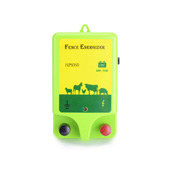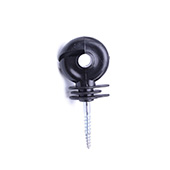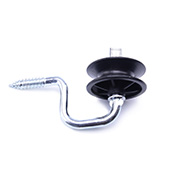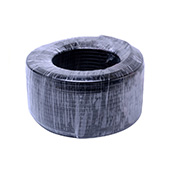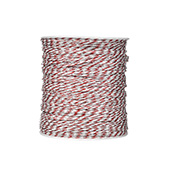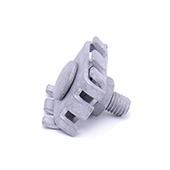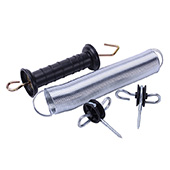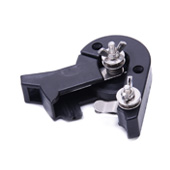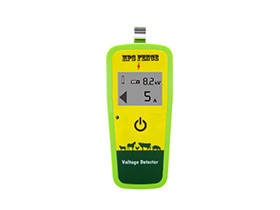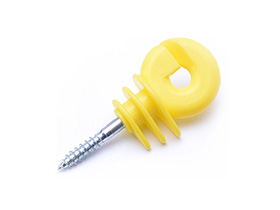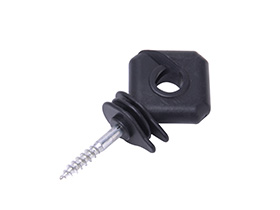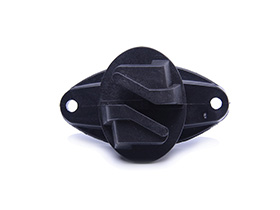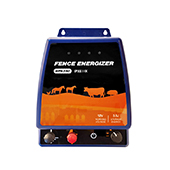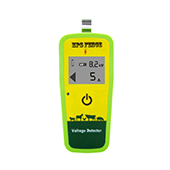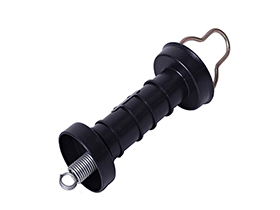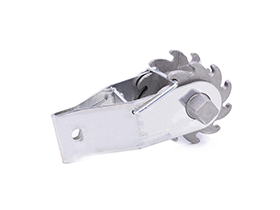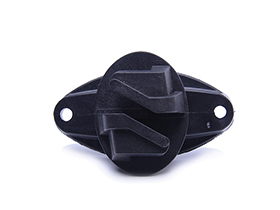Electric fences for cows are 0.85 to 1.05 m high with 1 to 2 wires
Electric Fence Solution For Small Farm

Electric Fence Solution For Small Farm
An electric fence is an excellent tool to use for rotational grazing within a much larger pasture, creating paddocks that allow different types of animals to graze in a certain amount of pasture space within a defined period of time.
Electric fencing can be dangerous but are a helpful tool for people who own farm livestock, horses, or who need strengthen security.
Electric fencing are necessary in order to keep animals safe and contained within the fence, as well as to keep intruders out.
Determine the type of animal you want to fence
Horses are best fenced with conductors that are highly visible, such as electric fence polyrope and electric fence polytape. Slower-moving animals, such as cattle and sheep, can be fenced with steel wire or electric fence polywire. Regardless of the animals you are containing, the structure needs to be strong and stable because nocturnal, feral animals and other wildlife will fail to see the electric fence wires and run into the fence. If the electric fence is not strong, these frequent hits will knock the fence down.
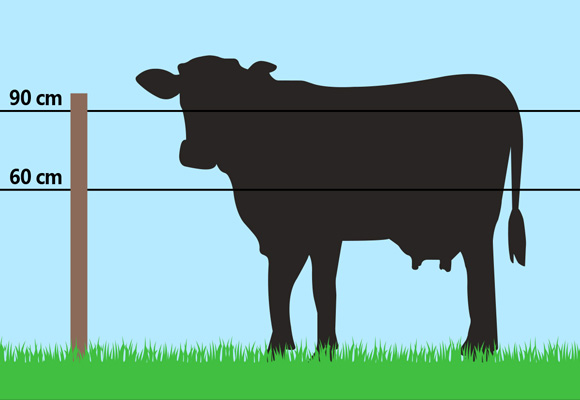 Cows
Cows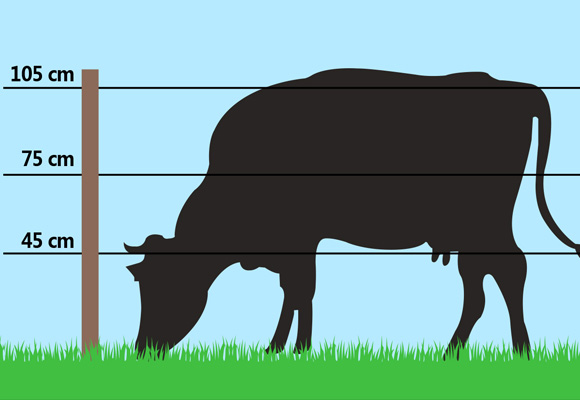 Beef + Dairy Cattle
Beef + Dairy CattleElectric fences for beef and dairy cattle are 0.85 to 1.05 m high with 2 to 3 wires
 Small Horses
Small HorsesElectric fences for small horses and ponies are 1.05 to 1.30 m high with2 to 3 wires
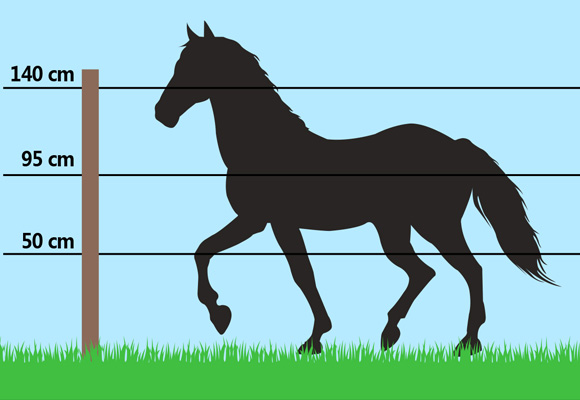 Large Horses
Large HorsesElectric fences for large horses are 1 . 30 to 1.60 m high with 2 to 3conducting wires
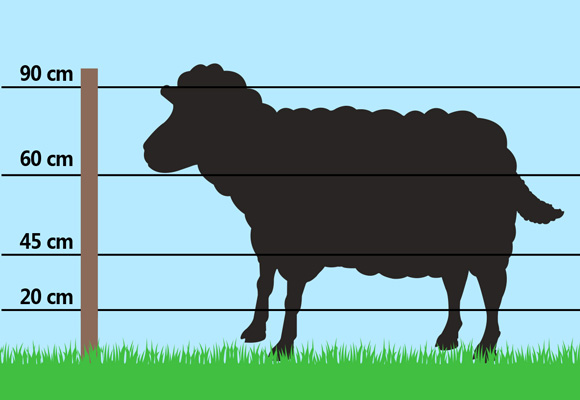 Sheep
SheepElectric fences for sheep are 0.90 to 1.05 m high with 4 to 5 wires
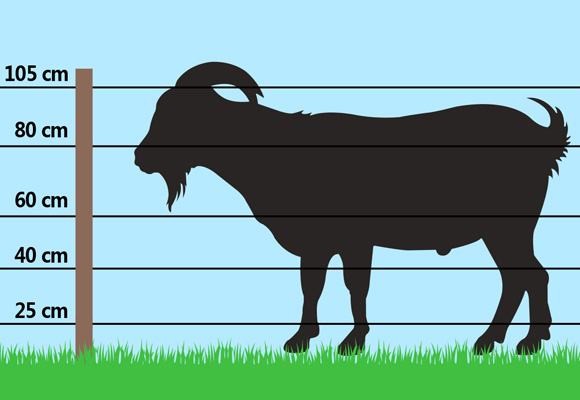 Goat
GoatElectric fences for goats are 1 . 05 to 1.20m high with 4 to 6 wires
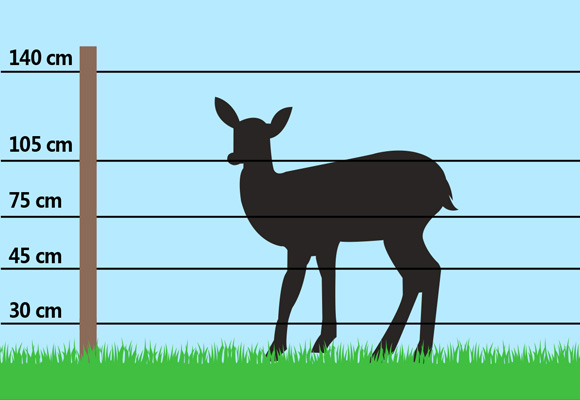 Excluding roe-deer
Excluding roe-deerElectric fences for protecting against roe-deer are up to 1.40 mhigh with 5 to 6 wires
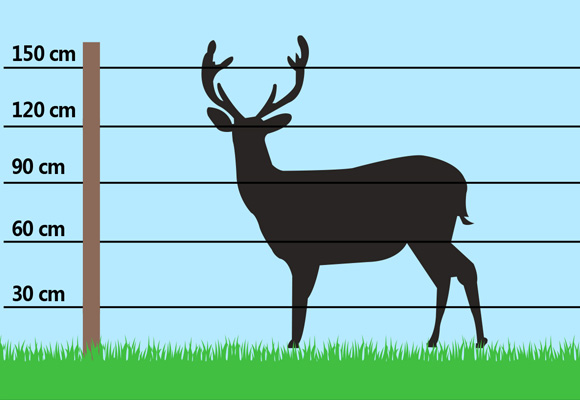 Excluding red deer
Excluding red deerEectric fences for protecting against red deer are up to 1.5 m highwith 5 wires
What Does An Electric Fence Stystem Consist Of?

How to install an electric fence
- 1
- Clear the area of brush, grass, deadfall and trees.
Clear areas of bushes, grasses, dead ends and trees. This will minimize the risk of short-circuiting the fence, thereby greatly reducing the charge.
- 2
- Install electric fence posts
You will need to install the more permanent posts firstly (i.e., wood, steel or concrete post).
Pound in the permanent posts spaced 5m-10m apart, put in at almost exactly 20-30cm deep. It is best to make a mark on the base of each post to get a more uniform set of posts being installed.
- 3
- Mount the electric fence insulators.
Because you need to keep the electricity in the wires and away from the posts,electric fence insulators are important to install. It'll depend on the type of fence wire you purchase.
Because different types of fence wire will have different insulators to match .
Each post through the fire line, need to be installed with one insulator.
- 4
- Install the electric fence polywire.
Depending on how many strands you wish to have for your electric fence, it is usually best to start from the top down.
The top electric fence wire should be at nose-level with your cows (which is around 32 to 36 inches off the ground).
- 5
- The Cross –connection between two wires
The fire wire is connected by connecting buckle/opening bolts at intervals of 30m to make the pulse voltage more uniform and allow the electric fence to function better.
To ensure that all permanent electric fence have effective animal control to the every end of the fence.
- 6
- Build an electric fence gates.
Transfer power under the gate from one side to the other with an underground cable. Permanent and temporary gates should be wired identically.
- 7
- Install an electric fence energizer
An efficient electric fence energizer is the foundation of the basic power supply to your electric fence. The output power of an energizer is specified in joules.
- 8
- Install earth stakes
An electric fence is a circuit in which current flows. The current which travels through the wire, the animals and through the ground cover into the soil, needs to flow back to the electric fence energizer by the way of earth stakes.
For permanently installed mains and electric fence energizer, 3 earth stakes of 1-2m in length are generally sufficient.
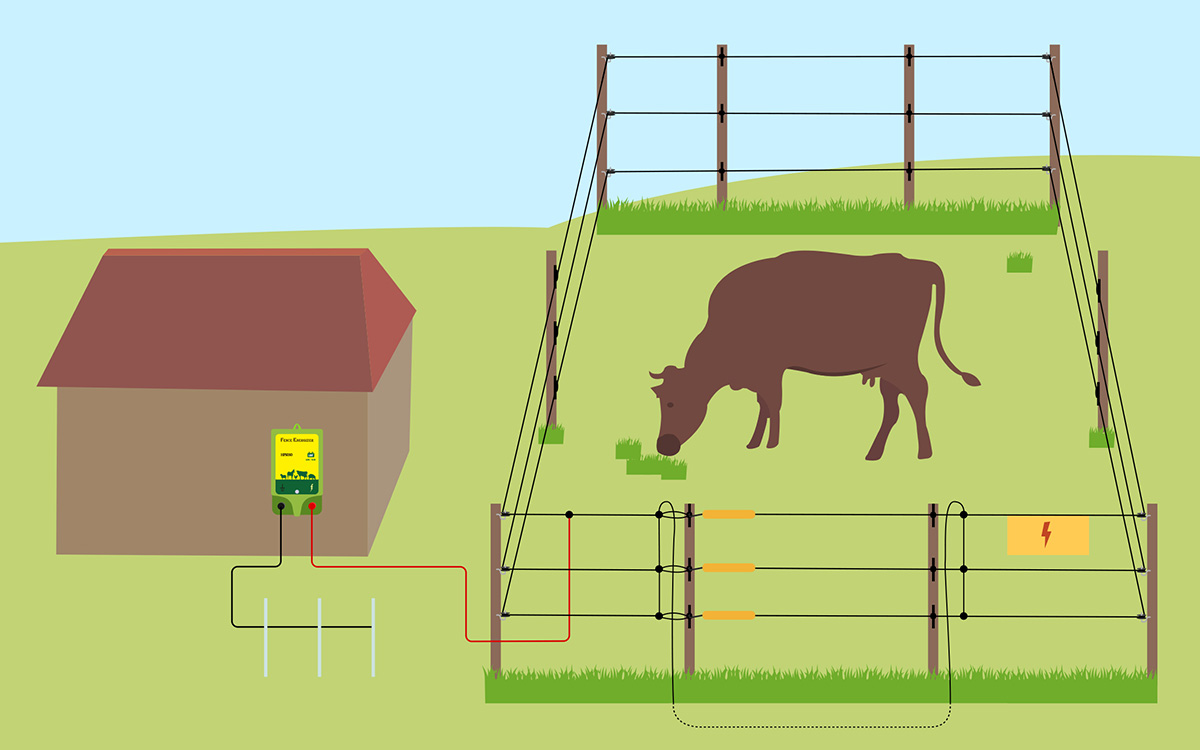
Products details required as below:
Excluding red deer
Deer can cause a problem for gardeners by destroying plants and trees. And since deer tend to browse for food overnight, this can be difficult to prevent. Although you can use soap as a deer deterrent, a more effective preventative method is to build a deer fence.
This forms a physical barrier which prevents the deer from entering your garden and causing damage.
Fortunately, deer fences are fairly simple to build.
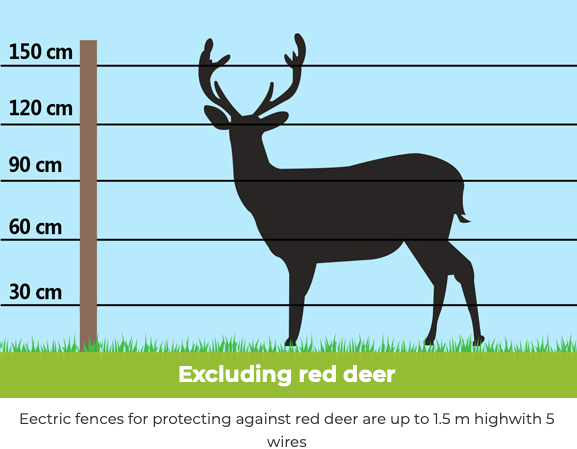
- 1
- Line your posts around the perimeter 15 feet (4.6 m) apart.
Before driving your posts into the ground, place them flat on the ground around the perimeter. Each post should be an equal distance—15 feet (4.6 m)—away from each other.
Apply as much force as you can downward to drive the post into the ground. About 6 to 8 feet (1.8 to 2.4 m) of each post should be exposed above the ground.
Make sure each post is driven at least 1 foot (0.30 m) into the ground..
- 2
- Mount the electric fence insulators.
Because you need to keep the electricity in the wires and away from the posts,electric fence insulators are important to install. It'll depend on the type of fence wire you purchase.
Because different types of fence wire will have different insulators to match.
Each post through the fire line, need to be installed with one insulator.
- 3
- Install the electric fence polywire.
Many variations in high-tensile fencing design for deer exist. Whatever design is chosen, wire spacing should be close enough to prevent the animal from stepping through or putting its head between the wires.
Be sure that wires are placed near the nose level of the animal.To prevent jumping, an electrified top wire above the deer's head is recommended.
Regularly, electric fences for protecting against deer are up to 1.5m high with 5 wires
- 4
- The Cross –connection between two wires
The fire wire is connected by connecting buckle/opening bolts at intervals of 30m to make the pulse voltage more uniform and allow the electric fence to function better.
To ensure that all permanent electric fence have effective animal control to the every end of the fence.
- 5
- Build an electric fence gates.
Transfer power under the gate from one side to the other with an underground cable. Permanent and temporary gates should be wired identically.
- 6
- Install an electric fence energizer
An efficient electric fence energizer is the foundation of the basic power supply to your electric fence. The output power of an energizer is specified in joules.

Products details required as below:
Electric fences for large horses
Electric fencing can be ideal for horses for many reasons. Safety for the horse, as well as low cost and ease of installation, make electric fencing one of the best options for equine containment. Horses are easy to control with electric fencing. They are intelligent animals and quickly learn to respect an electric fence.
Horses tend to use traditional fences as scratching posts, causing the fence to weaken or sag over time (animal pressure). They may also fall into the habit of “cribbing” or chewing fences.
An electric fence prevents both of these behaviors, protecting the horse from harm and prolonging the life of the fence.
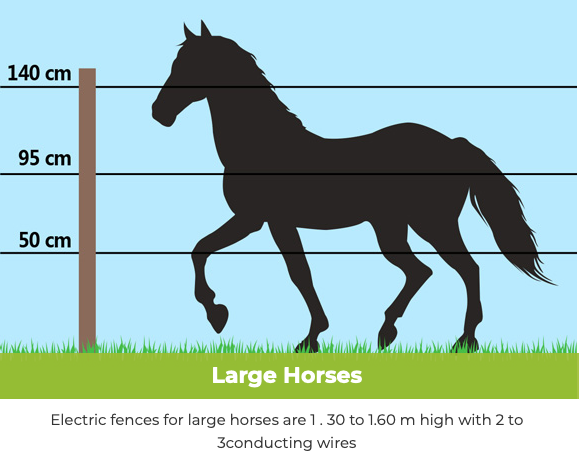
- 1
- How to design your electric fence?
1) We recommend posts extend at least 5 feet above ground, spaced about 12 feet apart on level ground.
2) Four equally spaced strands of polytape or ployrope provide optimum visibility and safety. Mares and geldings may require only three strands, while stallions and colts may need up to five strands.
3) To contain foals, be sure to have a strand of electrified poly tape/rope close to its nose level.
4) To add electric fencing to an existing fence such as wood, place 1 strand of 2 inch polytape across the top to deter horses from leaning on the wooden boards.
- 2
- Mount the electric fence insulators.
Because you need to keep the electricity in the wires and away from the posts,electric fence insulators are important to install. It'll depend on the type of fence wire you purchase.
Because different types of fence wire will have different insulators to match.
Each post through the fire line, need to be installed with one insulator.
- 3
- The Cross –connection between two wires
The fire wire is connected by connecting buckle/opening bolts at intervals of 30m to make the pulse voltage more uniform and allow the electric fence to function better.
To ensure that all permanent electric fence have effective animal control to the every end of the fence.
- 4
- Build an electric fence gates.
Transfer power under the gate from one side to the other with an underground cable. Permanent and temporary gates should be wired identically.
- 5
- Install an electric fence energizer
An efficient electric fence energizer is the foundation of the basic power supply to your electric fence. The output power of an energizer is specified in joules.

Products details required as below:
Building a new electric fence for goat
Goats are one of the most challenging livestock to contain with fencing. They tend to test fences by pushing against them, squeezing between the wires, and jumping over them.
In addition, some species of goats have thick coats that insulate them from electric shock.
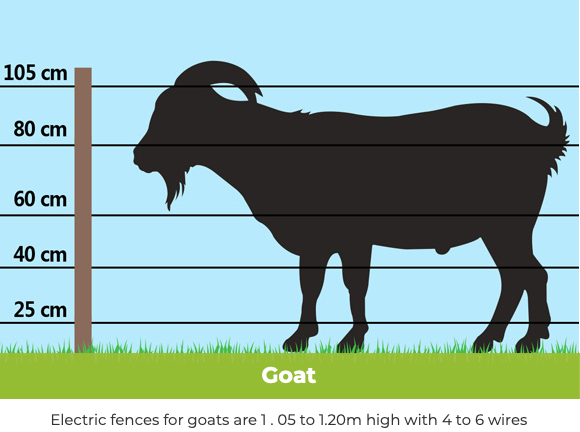
- 1
- How to design your electric fence?
Fence wire for goats should be closely-spaced, starting low to the ground and placed high enough to prevent jumping over the fence.
We recommend using 5 to 6 wires spaced to an overall height of 40” – 46.” High-tensile or T-posts combined with aluminum or steel wire are both excellent fencing options for this purpose.
- 2
- Mount the electric fence insulators.
Electrified wire will require insulators for fastening to posts.
The type of insulator that you choose will be dependent upon the type of post and wire that you are using, as well as your specific fencing needs..
- 3
- The Cross –connection between two wires
The fire wire is connected by connecting buckle/opening bolts at intervals of 30m to make the pulse voltage more uniform and allow the electric fence to function better.
To ensure that all permanent electric fence have effective animal control to the every end of the fence.
- 4
- Build an electric fence gates.
The fence remains electrified, even when the gate is open, you will need underground cable to carry the electrical current under the gate opening to the other side.
recommend using 50 ft 12 ½ Gauge Insulated Cable underground so that over time rocks don't cut through the insulation.
- 5
- Install an electric fence energizer
To safely contain goats, you need a HPS Fence energizer that maintains 4,000 – 5,000 volts on the fence line. Voltage levels are impacted by vegetation on the fence line, length of fence, and type of wire.
In some areas, goats may be attacked by predators such as wolves, coyotes, or stray dogs, requiring your fence to also deter predators. A minimum of 5,000 volts on the fence line is required in this situation
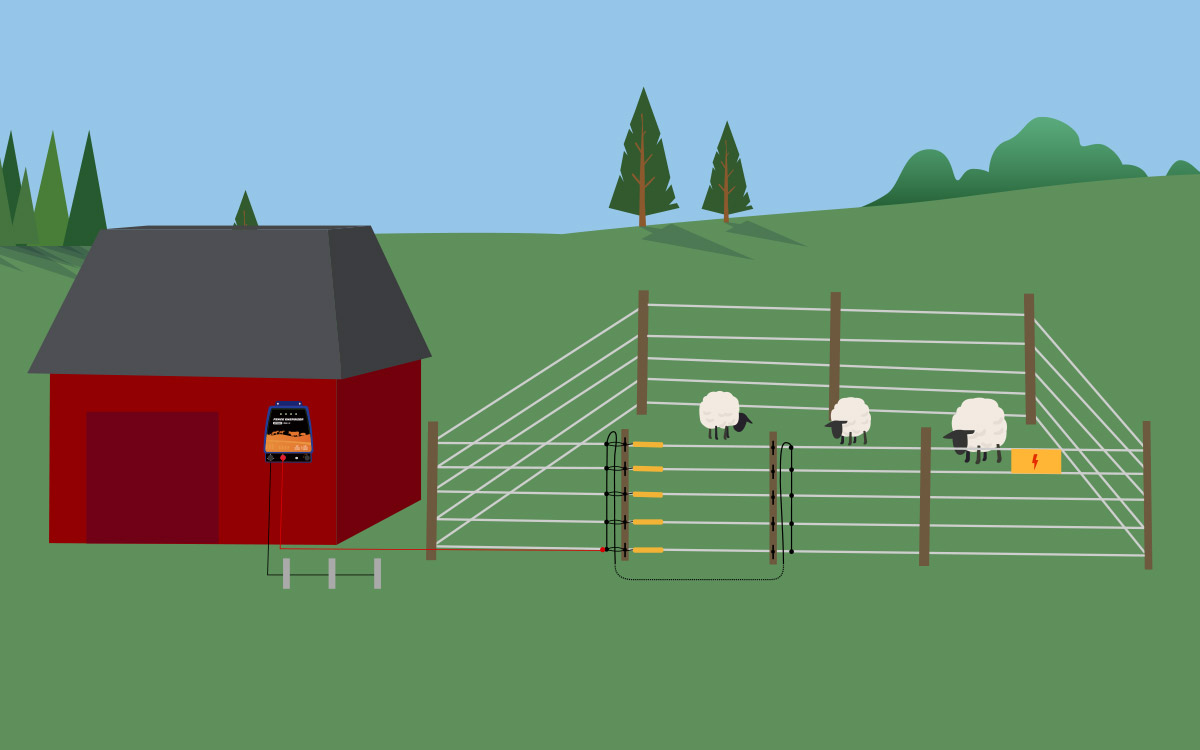
Products details required as below:
- Electric fence solution for small farm
- Solutions for raising animals in family farm
- The best way to protect your farm & yard from attacks
- The application of electric fence in special scenes
- Defense & protection electric fence solutions for large wild animals
- All-round intelligent system for feeding animals and protecting yard
- Tel
- *Title
- *Content

- Installation Videos Collection of Different Models Chicken Door OpenerOct 9,2022How to install different model of HPS Fence automatic chicken coop door opener? Please check the install videos collection for reference.
- AD001 Chicken Coop Door Opener Videos CollectionSep 27,2022How To Install And Set HPS Fence Automatic Chicken Door Opener AD001? When you install and set the HPS Fence AD001 chicken door opener, please kindly check. Following the steps in videos, the opener will work well.
- Phone
- +86-13588830493
- dunneywang
- hps01@hpsunionpower.com

